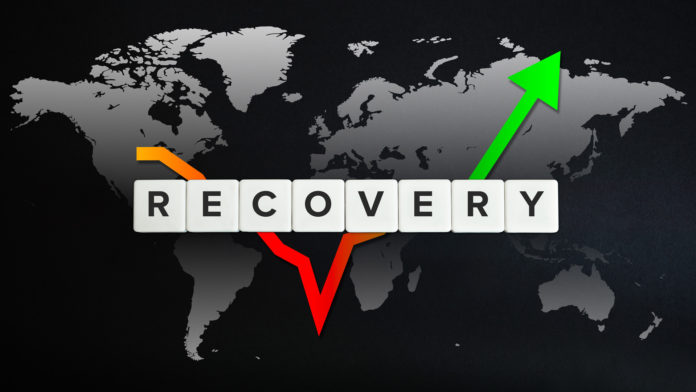Key Highlights
- Key indicators of hiring, shopping and investment stalling
- Small business data showing no improvement since middle of summer, according to Homebase
- Online recruitment site Indeed indicated job postings fell week ending August 20 for first time since May
It’s becoming increasingly difficult to deny the correlation between COVID-19 infection rates and economic consequences. Real-time measures of consumer spending, business sentiment, jobs and small business reopening plans began flat-lining last month as coronavirus infections swept over parts of the country.
Download Your FREE Ultimate Agent Survival Guide Now. This is the exact ‘do this now’ info you need. Learn NOW How to Access All The Bailout Program Cash You Deserve. Including Unemployment and Mortgage Forbearance Plans. To Access the Ultimate Agent Survival Guide Now Text The Word SURVIVAL to 47372. 4 Msgs/Month. Reply STOP to cancel, HELP for help. Msg&data rates may apply. Terms & privacy: slkt.io/JWQt
In fact, the economy has yet to recover approximately 60% of the jobs lost since the beginning of the COVID outbreak. Half of the people still out of work are now saying, according to a recent poll done by Survey Monkey commissioned by The New York Times, they have no expectations of returning to their old jobs. And now, new job postings, according to the online recruiting site Indeed, worsened for the first time since May during this last week of August.
Simultaneously, one-time stimulus checks and expanded unemployment insurance benefits expired in July and programs that loaned money to small businesses with the intention of preventing bankruptcies expired in early August. Yes, Trump’s executive action to temporarily extend some of these relief programs will replace some of those former benefits, but not fully, not to all states and not in August and perhaps even not in September due to the time it will take states to get that money going into much needed empty wallets.
Ernie Tedeschi, an economist with Evercore who has been tracking these supplemental government benefit programs, said, “The lack of emergency…benefits in August is going to have, I think, devastating effects both for families and the economy as a whole.”
One Goldman Sachs analysis projects this lapse in benefits may contract monthly disposable income by some $70B in August. Tedeschi thinks this lapse in benefits could result in a drop as much as $58B in consumer spending (70% of the US economy) in August.
Likewise, US consumer sentiment continued its slide in late July, according to the University of Michigan and a median projection in a Bloomberg survey of economists in the week ending August 20 indicated its consumer sentiment was just above the eight-year low recorded in April of this year.
Analysts with Goldman Sachs believe there is a one in four chance that Congress will not pass addition relief aid to jobless workers until after the election. Megan Greene, a senior fellow with the Harvard Kennedy School, said, “If we can’t come up with another fiscal (relief) bill in September, a W-shaped recovery is pretty likely…virus management is going to be the biggest determinant of the shape of the recovery.”
Thanks to The New York Times, Evercore, Goldman Sachs, Bloomberg News and the Harvard Kennedy School.
Also read: Goldman Sachs Has New Model to Track Recessions, Podcast: “Tim and Julie, What Is The ONE Thing I Should Do NOW?” | Tim and Julie Harris, Gravitation Towards Suburban/Rural Areas Continues
























